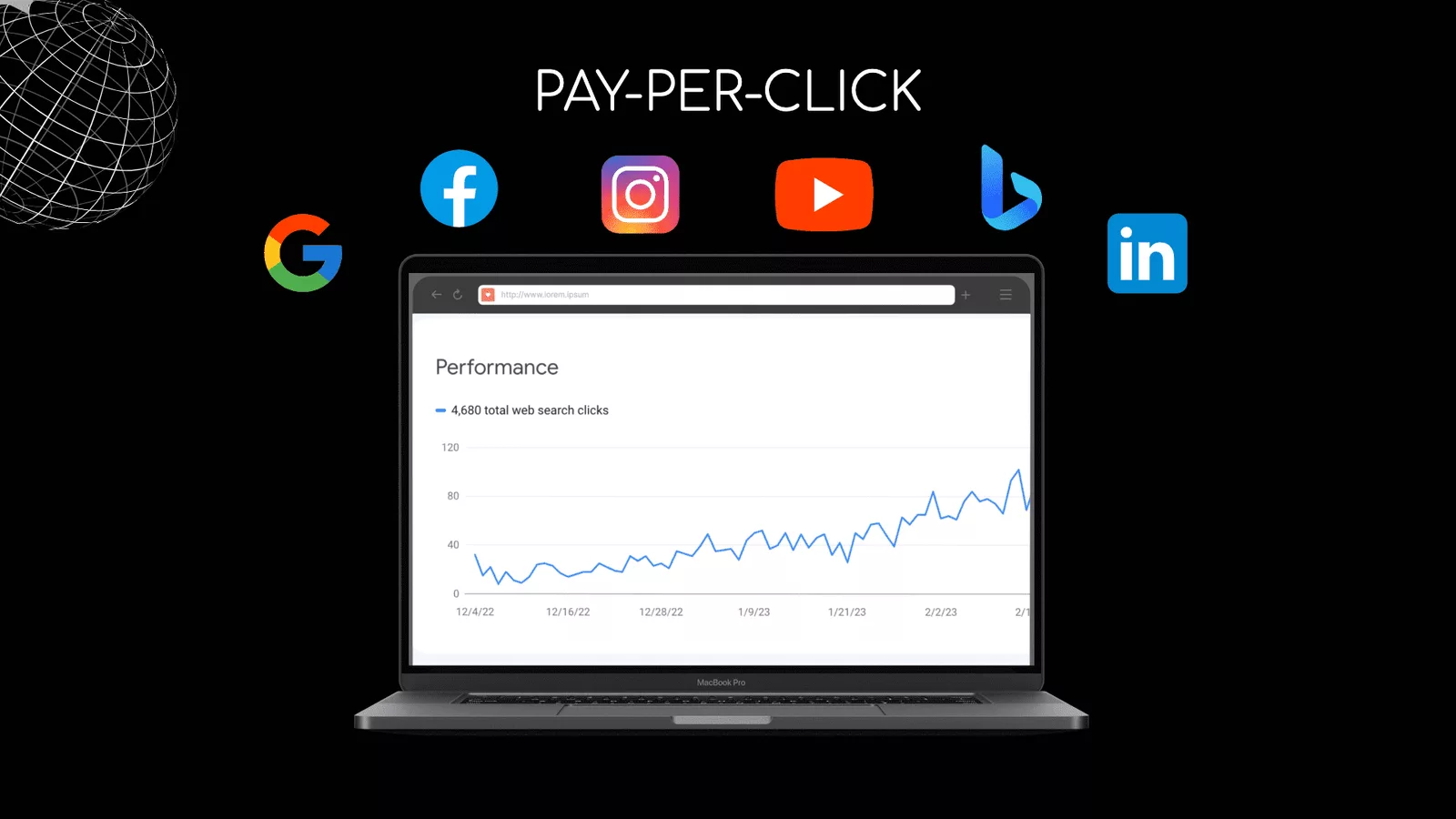Google Ads (previously known as Google AdWords) is a powerful digital marketing tool that allows businesses of all sizes to reach their target audience effectively. With Google Ads, you can create and display ads on Google’s search engine results pages (SERPs), partner websites, YouTube, and more. In this beginner’s guide, we’ll walk you through the basics of Google Ads, including setting up your account, creating campaigns, targeting your audience, and tracking your performance.
Introduction to Google Ads
Google Ads is a paid advertising platform that allows businesses to place ads on Google’s search engine results pages (SERPs) and partner websites. These ads appear when users search for specific keywords related to your business, products, or services.
With Google Ads, you can target your audience based on their location, interests, search history, and more, making it a highly effective way to reach potential customers.
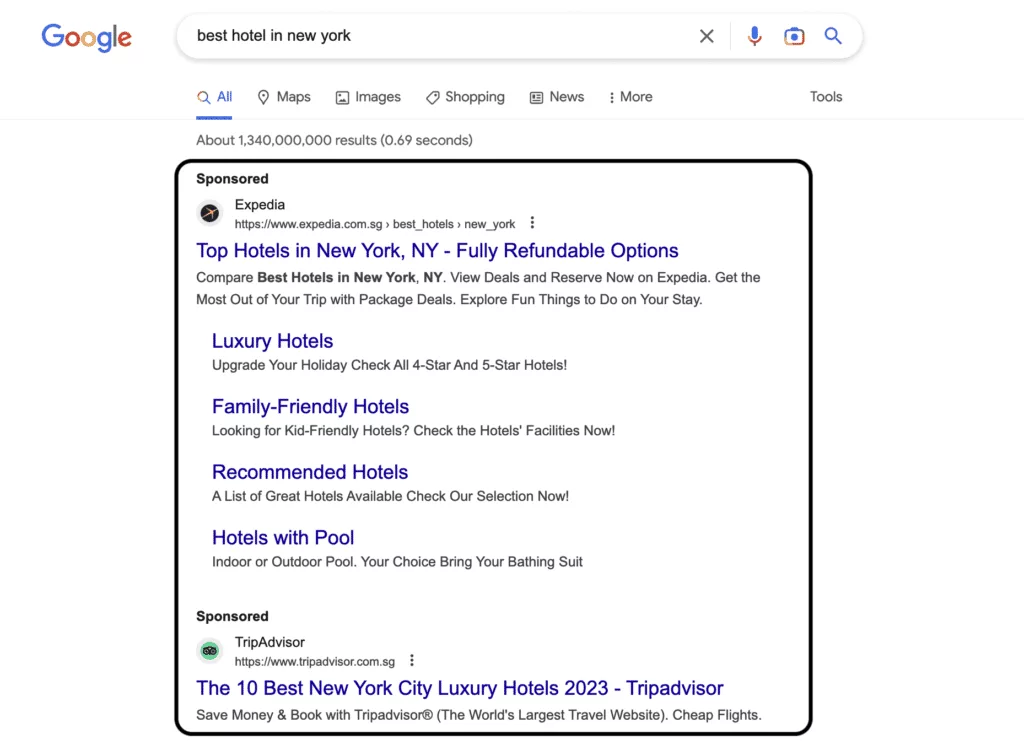
Why Use Google Ads
Google Ads provide businesses with a cost-effective way to reach an unlimited, targeted audience. With its flexible marketing platform and a range of targeting capabilities, businesses can easily tailor their ads to their specific goals.
Whether it’s driving qualified traffic to their website or increasing brand awareness online, Google Ads offers the tools to meet those goals.
With its measurable results, businesses can track the effectiveness of their ads and make necessary adjustments for success. And with both desktop and mobile capabilities, businesses can reach their audience wherever they are.
Overall, Google Ads is a reliable and effective tool for businesses of all sizes to enhance their online presence and drive results.
Request Free Review
We start by reviewing your website and then take a look at your current ranking in SERPs.
- Unlock Your Website’s Potential with Our Comprehensive Analysis.
- Outrank Your Competitors with Our Expert Insights and Recommendations.
- Ways for increasing website traffic.
- Get Tailored Recommendations to Achieve Better Results Online.
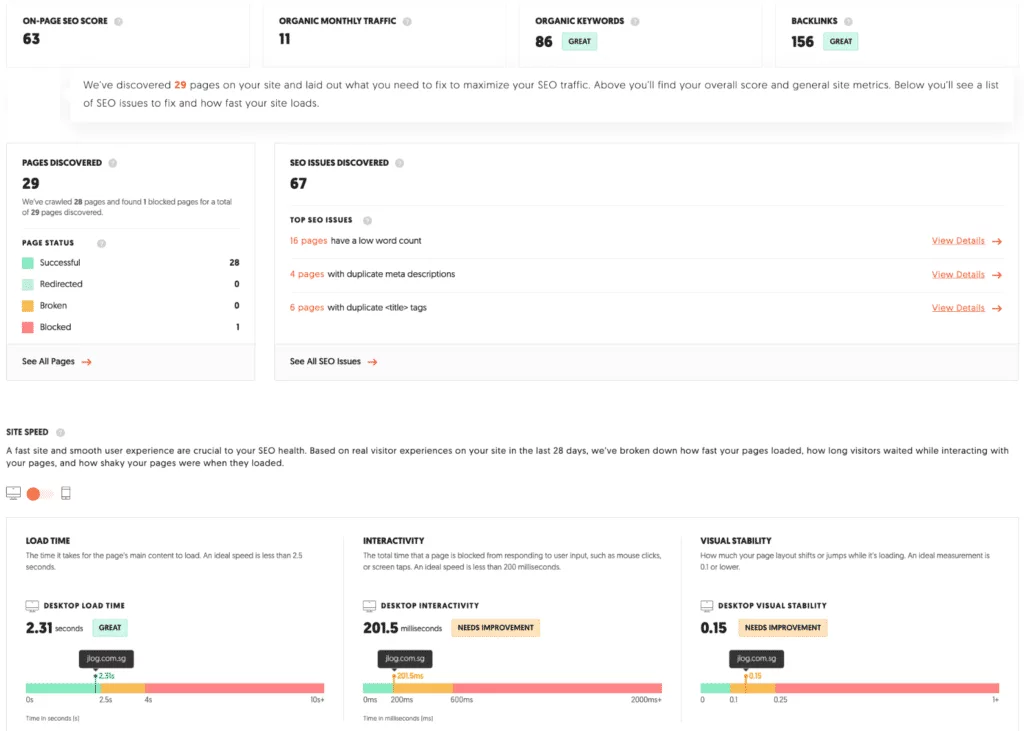
How are Google Ads Compared to Facebook Ads?
Google Ads and Facebook Ads are two of the biggest players in the game. Based on factual data, it can be said that both platforms offer unique benefits and can be effective in their own way.
Google Ads provides a cost-effective way for businesses of all sizes to reach a virtually unlimited, targeted audience.
On the other hand, Facebook Ads offers a social platform that allows businesses to target precise demographics, interests, behaviors, and locations.
In terms of cost, Google Ads gives businesses complete control over their spending with no minimum limit, while Facebook Ads requires a minimum daily budget.
Ultimately, the effectiveness of either platform will depend on the specific goals and target audience of the business.
Setting Up Your Google Ads Account
To get started with Google Ads, you first need to create an account. Follow these steps to set up your account:
- Go to the Google Ads website and click “Start Now.”
- Enter your email address and website URL.
- Choose your country and time zone.
- Create your first campaign.
Once you’ve created your account, you can start setting up your first campaign.
Understanding the Different Types of Campaigns
Google Ads offers several types of campaigns, each with its own unique set of features and benefits. Here are some of the most common campaign types:
- Search Campaigns: These ads appear on Google’s search engine results pages when users search for specific keywords related to your business.
- Display Campaigns: These ads appear on partner websites that have signed up to display Google Ads.
- Video Campaigns: These ads appear on YouTube and other video partner sites.
- Shopping Campaigns: These ads appear on Google’s Shopping tab and showcase your products.
Creating Your First Campaign
To create your first campaign, follow these steps:
- Choose your campaign type.
- Enter your campaign name and select your campaign settings.
- Set your budget and bidding strategy.
- Choose your target audience and keywords.
- Create your ad copy and landing page.
Setting Your Campaign Budget and Bidding Strategy
Your campaign budget and bidding strategy are crucial elements that determine the success of your campaigns. Here’s what you need to know:
- Campaign Budget: Your campaign budget is the maximum amount you’re willing to spend on your campaign per day or month.
- Bidding Strategy: Your bidding strategy determines how you want to bid for ad placements. Some common bidding strategies include manual bidding and automated bidding.
Targeting Your Audience
To get the most out of your Google Ads campaigns, you need to target the right audience. Here are some ways to do it:
- Location Targeting: Target users based on their location.
- Demographic Targeting: Target users based on their age, gender, and other demographic information.
- Interest Targeting: Target users based on their interests and online behavior.
- Keyword Targeting: Target users based on the keywords they’re searching for.
Creating Effective Ad Copy and Landing Pages
Your ad copy and landing pages are critical components of your Google Ads campaigns. Here are some tips to make them effective:
- Ad Copy: Your ad copy should be clear, concise, and attention-grabbing. Use persuasive language and highlight the benefits of your products or services.
- Landing Pages: Your landing pages should be relevant to your ad copy and provide a clear call-to-action. Make sure your landing pages are user-friendly, load quickly, and are optimized for mobile devices.
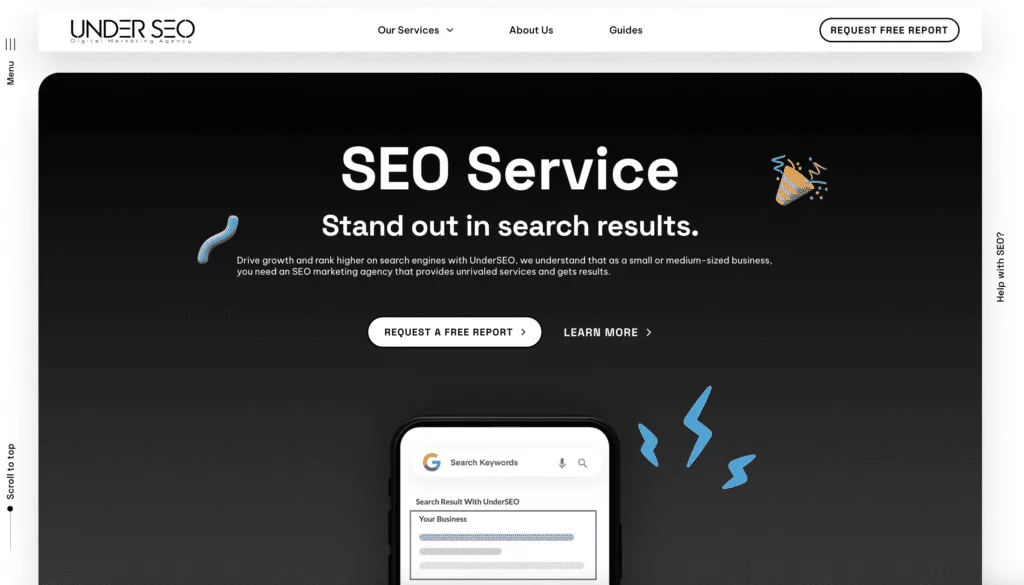
Optimizing Your Campaigns
To get the most out of your Google Ads campaigns, you need to constantly monitor and optimize them. Here are some tips to optimize your campaigns:
- Test Different Ad Variations: Try different ad variations to see which ones perform best.
- Adjust Your Bidding Strategy: Adjust your bidding strategy based on your campaign performance.
- Refine Your Targeting: Refine your targeting based on your campaign performance.
- Monitor Your Competitors: Keep an eye on your competitors’ ads and adjust your campaigns accordingly.
Tracking Your Performance
Tracking your performance is crucial to measure the success of your Google Ads campaigns. Here are some metrics to track:
- Click-Through Rate (CTR): The percentage of users who clicked on your ad.
- Conversion Rate: The percentage of users who completed a desired action on your website.
- Cost Per Click (CPC): The average amount you pay per click on your ad.
- Return On Investment (ROI): The amount of revenue generated from your ad spend.
Common Google Ads Terminology
Here are some common terms you may come across when using Google Ads:
- Impressions: The number of times your ad was displayed.
- Quality Score: A score that determines the quality and relevance of your ads.
- Ad Rank: A score that determines the position of your ad on the search engine results page.
- Ad Group: A group of ads that share a common theme.
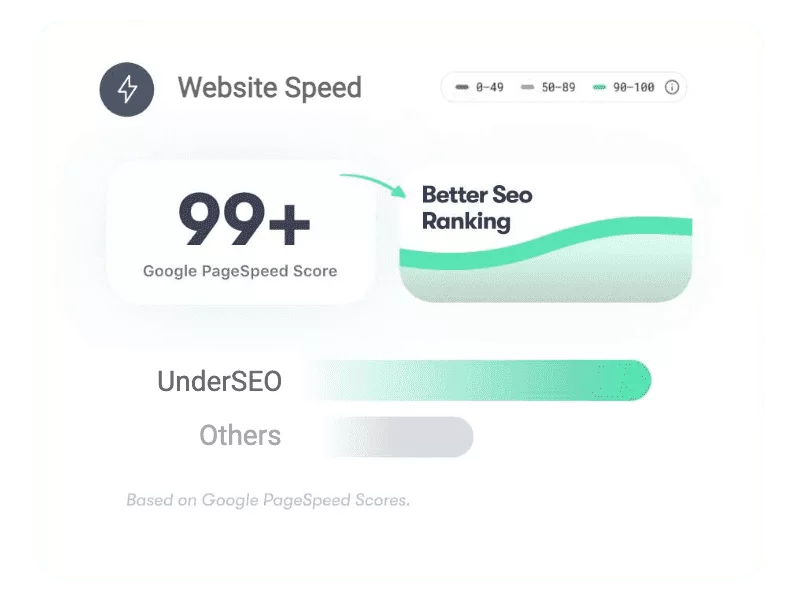
Need Some Help?
PPC’s Guide: The Beginner’s Guide to Google Ads for 2025
Conclusion
Google Ads is a powerful digital marketing tool that can help businesses of all sizes reach their target audience effectively. By following the tips outlined in this guide, you can set up and optimize your Google Ads campaigns to drive traffic, generate leads, and increase sales.
FAQs
How much does it cost to use Google Ads?
The cost of using Google Ads varies based on your budget and bidding strategy.
How long does it take to see results from Google Ads?
Results can vary depending on your industry, target audience, and campaign settings. It’s best to monitor your campaigns regularly and adjust as needed.
Can I target users in specific locations with Google Ads?
Yes, you can target users based on their location, including countries, states, cities, and even postal codes.
How do I create effective ad copy?
Use persuasive language, highlight the benefits of your products or services, and make sure your ad copy is clear and concise.
What metrics should I track to measure the success of my Google Ads campaigns?
You should track metrics such as click-through rate (CTR), conversion rate, cost per click (CPC), and return on investment (ROI).

